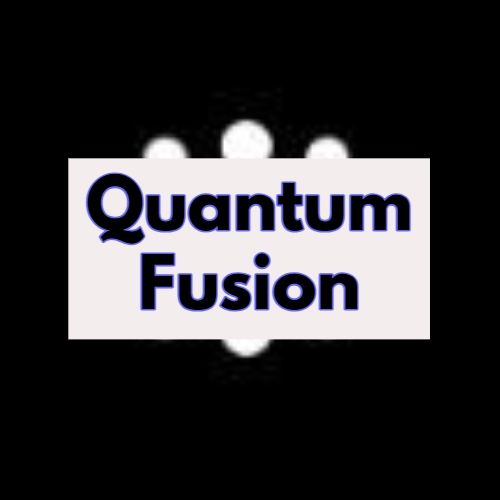QuantumFusion, the answer to a real problem. Find out which one, and all the features of its ecosystem, as well as direct access to its official website.
QuantumFusion will revolutionize parallel computing with unprecedented speed, efficiency and scalability.
If you keep up to date with DeFi news, you’ll know that we’re involved in projects ranging from the relatively simple to the highly complex, responding to very specific needs, as is the case with this one.
QuantumFusion – its features
Blockchain technology guarantees data integrity and decentralization, but comes up against problems of scalability and computing performance.
Parallel computing frameworks, such as HVM2, offer high performance but lack decentralized trust mechanisms.
QuantumFusion aims to bridge this gap by combining the strengths of both technologies.
This means that:
QuantumFusion introduces HVM2 (Higher-Order Virtual Machine 2), a cutting-edge parallel computing technology designed to enhance speed, efficiency, and scalability. By utilizing lock-free atomic operations and efficient memory storage, HVM2 supports interactions ranging from millions to billions per second.
Vision: QuantumFusion aims to overcome traditional AI constraints, enabling groundbreaking advancements in AI architectures.
Ecosystem: The ERC-20 token QF underpins development, research, and innovation within the HVM2 framework and QuantumFusion network, with allocations to foster community growth and technology adoption.
Quantum Fusion – let’s take a closer look at its ecosystem
Core Components:
- HVM2 (Higher-Order Virtual Machine 2):
- This advanced virtual machine provides unprecedented speed and efficiency in parallel computing by leveraging lock-free atomic operations and efficient memory management. It supports tasks ranging from millions to billions of interactions per second.
- QF Token:
- An ERC-20 token that underpins the ecosystem, promoting development, research, and innovation. The token allocation is designed to foster community growth and adoption of the technology.
Use Cases:
- AI and Machine Learning:
- HVM2 enables advanced AI algorithms to operate without traditional constraints, leading to innovative AI architectures and applications.
- Big Data Analytics:
- The high-speed processing capabilities of HVM2 allow for efficient handling and analysis of massive datasets, facilitating real-time insights and decision-making.
- Blockchain and Cryptocurrencies:
- QuantumFusion’s technology can enhance the performance and scalability of blockchain networks, supporting faster transaction processing and improved security measures.
- Financial Services:
- Financial institutions can leverage QuantumFusion for high-frequency trading, risk management, and fraud detection, benefiting from its rapid computation and data processing abilities.
- Healthcare and Genomics:
- The powerful computing capabilities of HVM2 can accelerate research in genomics and personalized medicine, enabling quicker analysis of genetic data and more effective treatments.
Development and Community:
- The QF token incentivizes developers and researchers to contribute to the QuantumFusion ecosystem, fostering a collaborative environment for continuous innovation.
- Community initiatives and partnerships are supported to drive widespread adoption and integration of QuantumFusion’s technology across various industries.
Conclusion:
QuantumFusion offers a groundbreaking solution in parallel computing through its HVM2 technology, enabling unprecedented speed, efficiency, and scalability. This innovation is particularly beneficial for AI, big data analytics, blockchain, financial services, and healthcare sectors. By leveraging the QF token, QuantumFusion fosters a vibrant ecosystem of development and research, driving continuous innovation and adoption.
Organizations and developers seeking to overcome traditional computational limits and achieve new levels of performance will find QuantumFusion’s ecosystem particularly advantageous.
